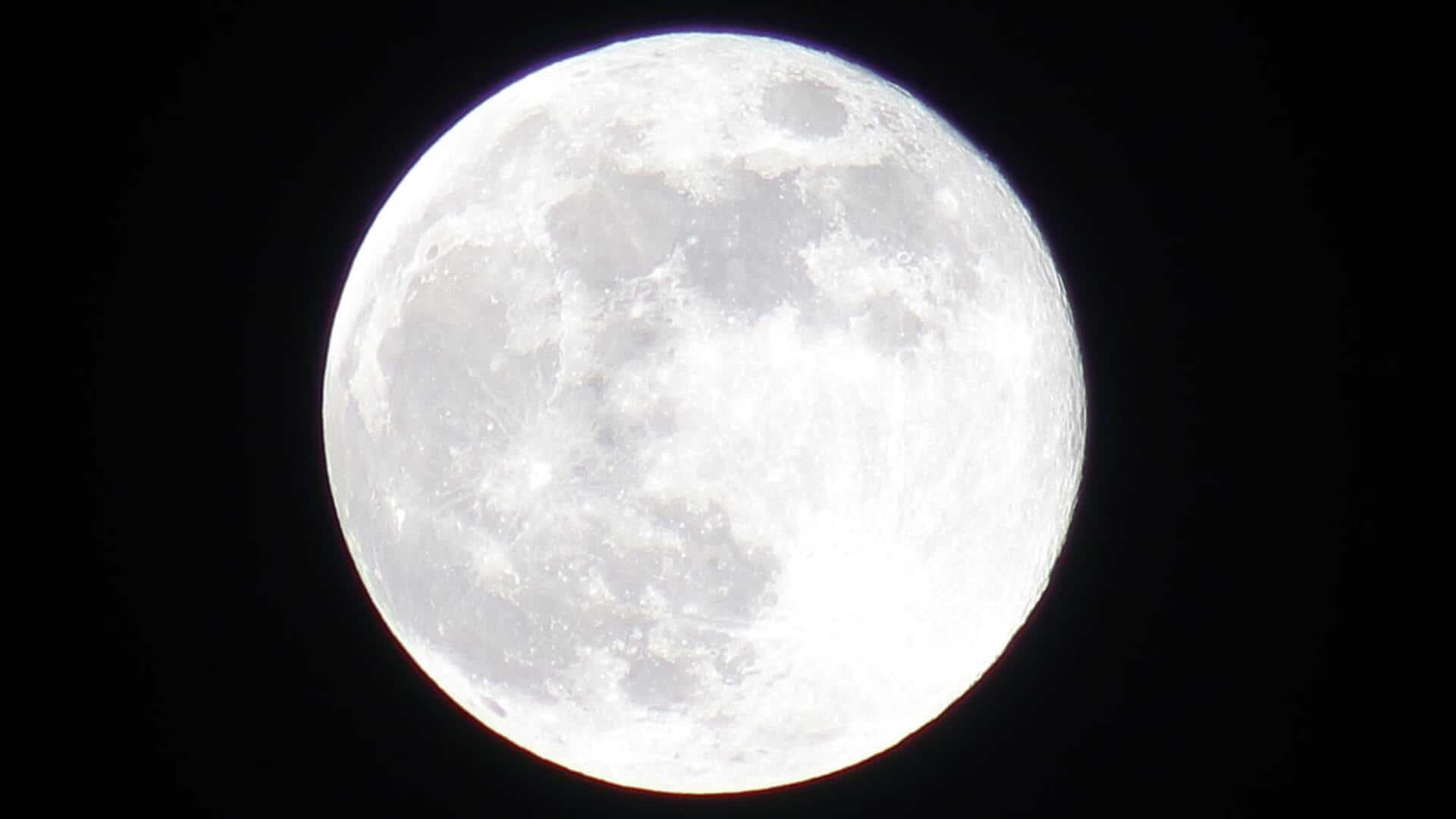
This autonomous system will make moving cargo on Moon easier
What's the story
Researchers from the University of Toronto Institute for Aerospace Studies (UTIAS) are developing autonomy algorithms that could significantly impact lunar cargo transport. The technology is being developed as part of a team led by MDA Space, with significant contributions from Professor Tim Barfoot and Ph.D. student Alec Krawciw. The project aims to help Canada's proposed lunar utility vehicle navigate between cargo drop-off points during future lunar missions, solving a major transportation problem once astronauts land on the Moon.
Transportation hurdles
Lunar habitat
Barfoot, also the director of the U of T Robotics Institute, explained that lunar exploration presents a unique transportation challenge. He said, "Lunar exploration involves a landing site and a habitat site about five kilometers apart." The landing site is flat for safe shuttle arrival while the habitat needs protection from radiation, usually behind rocky terrain. This means astronauts have to move all cargo from the shuttle to their habitat.
Navigation innovation
Teach-and-repeat navigation
Unlike the previous planetary missions where rovers explored terrain in multiple directions, the lunar utility vehicle will make regular round trips between fixed locations. This is a first for space rovers, and Barfoot's visual teach-and-repeat navigation framework is perfect for the job. He explained, "Teach-and-repeat algorithms allow us to pilot the rover along a predetermined path by manually or physically driving it... but once it learns the path, it can automatically repeat the route as many times as you like."
Testing trials
Adapting for the LELR
As part of his Ph.D. research, Krawciw is adapting this self-driving tech for the Canadian Space Agency's test vehicle, the Lunar Exploration Light Rover (LELR). In December 2024, they tested their autonomous system at a facility in Montreal that mimics Mars's surface. Krawciw said, "Adapting our code to LELR came with some unexpected challenges." He added simulating lunar conditions created a five-second delay in command and feedback, forcing them to create a new semi-autonomous teaching method using short path segments.
Mission readiness
Preparing for lunar mission
After a successful field trial, the team was chosen by the space agency in July 2025 to conduct an early-phase study for Canada's proposed lunar utility vehicle. This is part of the agency's lunar surface exploration initiative, and will be Canada's next contribution to the NASA's Artemis program. As they prepare the vehicle for its mission, Krawciw is focused on improving system performance in real-world conditions and making it ready for long-duration deployments.